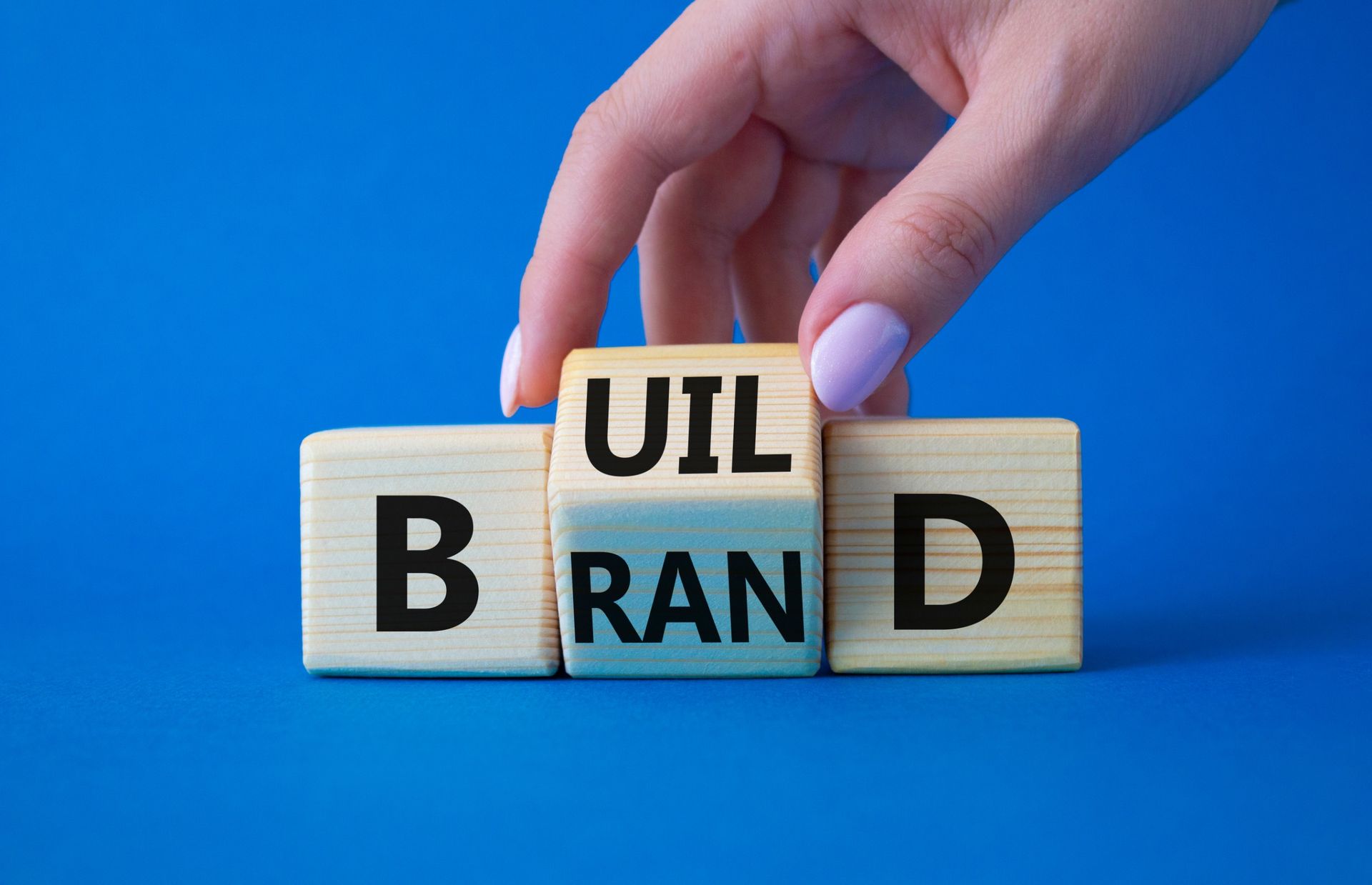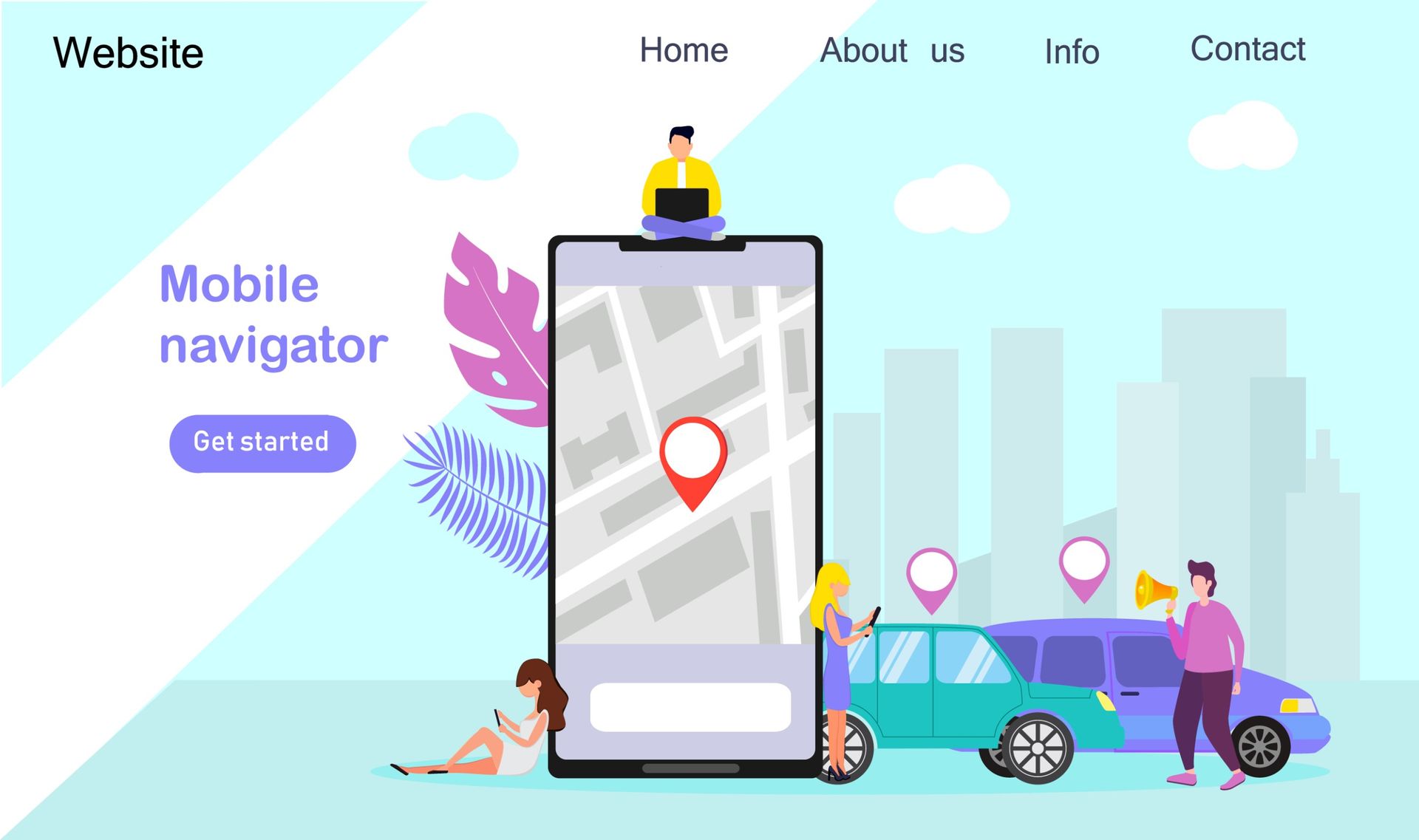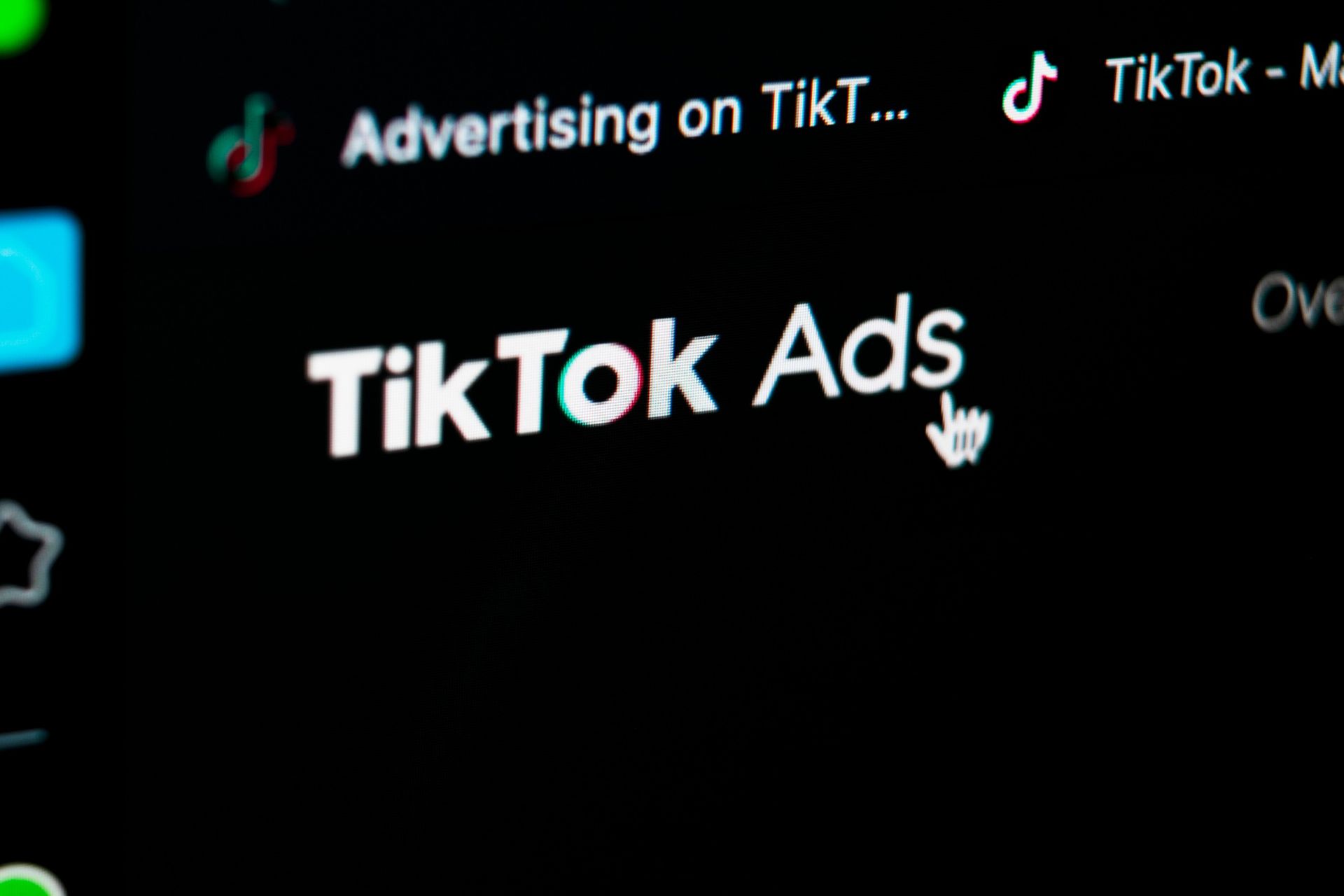DIY vs. DFY vs. DWY: Which is the Best Business Strategy?
When it comes to building a successful business, choosing the right strategy is crucial. Many entrepreneurs face the dilemma of whether to go DIY (Do It Yourself), DFY (Done For You), or DWY (Done With You).
Each approach has its own strengths and weaknesses that can significantly impact your business outcomes. DIY encourages independence but requires more time and effort.
DFY offers convenience as you hand off the tasks to others, yet it can be costly.
Meanwhile, DWY provides a balance, allowing collaboration and support while still involving you in the process. In this blog post, we'll explore these strategies to help you determine which one fits your needs best.
Understanding DIY (Do It Yourself) for Small Businesses
The DIY approach resonates with many entrepreneurs who thrive on creativity and personal touch. By undertaking tasks themselves, business owners can maintain control over their brand. However, this strategy is not without its challenges.
Advantages of DIY
- Cost-Effective: By not outsourcing, you can save significantly on operational costs.
- Skill Development: Engaging in various tasks helps build a diverse skill set, enhancing your professional repertoire.
- Full Control: You dictate the pace and nature of your work, ensuring that everything aligns with your vision.
Disadvantages of DIY
- Time-Consuming: The learning curve can be steep, often requiring a considerable investment of time.
- Potential for Burnout: Wearing too many hats can lead to exhaustion, negatively impacting your productivity and creativity.
Exploring DFY (Done For You) and Its Business Benefits
The DFY approach is increasingly popular among entrepreneurs who prefer to focus on strategic aspects of their business without getting bogged down in execution. By entrusting tasks to a skilled team or service, business owners can streamline operations and enhance productivity.
Benefits of DFY
- Time-Saving: Delegating tasks means you can focus on core business functions, allowing for quicker growth.
- Expertise: Professionals often have specialized skills that can improve the quality of work and drive better results.
- Scalability: As your business grows, DFY services can easily adapt to increased demands without overwhelming your resources.
However, while DFY provides many advantages, it does come with its own set of challenges that entrepreneurs should consider.
Drawbacks of DFY
- Cost Considerations: Quality DFY services can be an investment; understanding your budget is crucial.
- Less Control: Handing off tasks means relying on others’ expertise, which might not always align perfectly with your vision.
Delving into DWY (Done With You) for Collaborative Growth
The DWY (Done With You) approach merges the benefits of both DIY and DFY, offering an engaging and collaborative pathway for business development. This model is particularly effective for those looking to take an active role in their business while also leveraging the expertise of professionals.
Benefits of DWY
- Shared Knowledge: Engaging with professionals allows you to learn while executing tasks, enriching your skill set.
- Supportive Framework: The collaborative environment can lead to better problem-solving and innovation as you work alongside experts.
- Flexible Commitment: Depending on the service, you can adjust your involvement according to your business's evolving needs.
Incorporating the DWY model can prove advantageous, especially given its potential to foster a strong partnership between business owners and service providers.
Drawbacks of DWY
- Learning Curve: While collaboration is beneficial, it can initially require time to develop effective communication and workflow habits.
- Compromise in Control: Balancing shared responsibility may lead to diverse opinions, necessitating a clear vision and openness to input.
Comparing the Strategies for Optimal Business Outcomes
When deciding between DIY, DFY, and DWY, understanding their nuances is essential. Here's a comparison chart highlighting key aspects:
- Control: DIY offers full control, DFY relinquishes control to experts, while DWY strikes a balance through collaboration.
- Cost: DIY is cost-effective but demands time, DFY incurs higher expenses, and DWY provides a middle ground.
- Skill Development: DIY enhances skills, DFY relies on external expertise, and DWY fosters learning through partnership.
Consider factors like resource availability, time constraints, and business goals when choosing a strategy. Each approach has its place in different stages of business growth and can be tailored to specific needs.
Making the Right Decision for Your Business
To determine the best strategy for your business, follow these steps:
- Assess Your Needs: Identify areas where you excel and those requiring external support. Analyze available resources, skills, and time.
- Set Clear Goals: Define short-term and long-term objectives. Align these goals with your chosen strategy to ensure consistency and progress.
- Combine Strategies: Don't limit yourself to one approach. Consider blending DIY, DFY, and DWY to optimize outcomes. For instance, handle marketing in-house (DIY) while outsourcing complex financial tasks (DFY) and collaborating with an industry mentor for strategic planning (DWY).
- Consult Experts: Seek advice from mentors, consultants, or industry peers who have experience with your chosen strategies. Their insights can guide your decision-making process.
- Trial and Adjust: Implement your strategy and monitor results. Be open to adjustments based on performance metrics, customer feedback, and evolving business needs.
Are you ready to take your business strategy to the next level?
Choosing the right business strategy can make a significant difference in your small business's success. Each approach offers distinct advantages and challenges, making it crucial to thoroughly evaluate your needs and goals.
By understanding these strategies and leveraging their strengths, you can enhance efficiency, drive growth, and achieve your business objectives.











